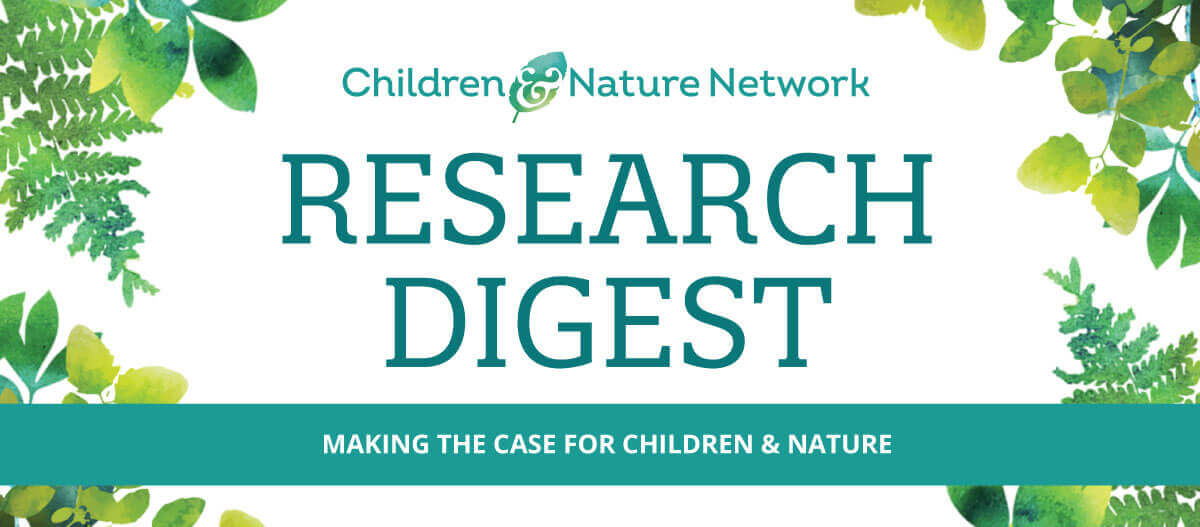Family Engagement and Programming
Engaging families in nature-related activities can benefit both families and the environment. Benefits for families include stronger family bonds; benefits for the environment include deeper connectedness with nature (which predicts pro-environmental attitudes and behaviors). Factors influencing parents’ meaningful involvement in nature-related activities include: (1) a sense of self-efficacy related to nature connectedness, (2) families’ lived experiences and assets, and (3) access to natural environments. Keeping these factors in mind can be helpful in planning and implementing family-focused nature initiatives.
Family plays an important role in environmental activism, with parents and children influencing each other
This review of the literature indicates that concepts and theories from family studies can be applied to the environmental field and that doing so can lead to new ways of solving environmental issues. Findings include the understanding that targeting adults may be more beneficial in addressing urgent environmental problems, but that targeting children might be better for long-term issues. In either case, both parents and children are impacted.
Aghayeeabianeh & Talebi, 2020. Environmentalism in families.
Access Study
New tool for assessing parental self-efficacy related to nature connectedness is reliable and valid
This study involved developing and testing a tool to measure parental self-efficacy related to nature connectedness. Testing results found the tool to be reliable and valid. Researchers, policy makers, and organizations may find this tool helpful in working to increase children’s engagement with nature, as parents play an important role in the process.
Barnes et al. 2021. Development and testing of the nature connectedness parental self-efficacy (NCPSE) scale.
Access Study
Drawing on families’ lived experiences and assets may promote more inclusive outdoor adventure education programming
Eight ethnic minority parents from lower-income backgrounds participated in this study focusing on their involvement in outdoor adventure education programs organized by schools in the UK. First-hand accounts provided by the parents indicate that they drew on different forms of capital (aspirational, familial, navigational, resistant, and social) to meet the expectations placed on them by the schools.
Cook, 2021. Utilising the community cultural wealth framework to explore Sierra Leonean parents’ experiences of outdoor adventure education in the United Kingdom.
Access Study
Family nature engagement can support parents’ psychological needs while living in a shelter
This study involved 160 parents (mostly mothers) who lived with their children in a women’s or homeless shelter in the Netherlands. The shelters had newly developed natural environments. Parental responses to a psychological scale showed higher parental need satisfaction and lower frustration while experiencing nature with their child(ren) compared to an activity in the indoor environment of the shelter.
Peters et al. 2020. Experiencing nature to satisfy basic psychological needs in parenting: A quasi-experiment in family shelters.
Access Study
Urban dwellers tend to be happier in greener neighborhoods, but several factors can affect the greenness-wellbeing relationship
Researchers using individual survey and neighborhood greenness data found that family composition – especially in relation to having school-age children – influenced residents’ living expectations towards natural environments. The study also found that both family composition and living expectations had a significant impact on how greenness influenced happiness. The study involved 4900 households located in the metropolitan areas of Beijing.
Wu et al. 2021. Residential self-selection in the greenness-wellbeing connection: A family composition perspective.
Access Study





